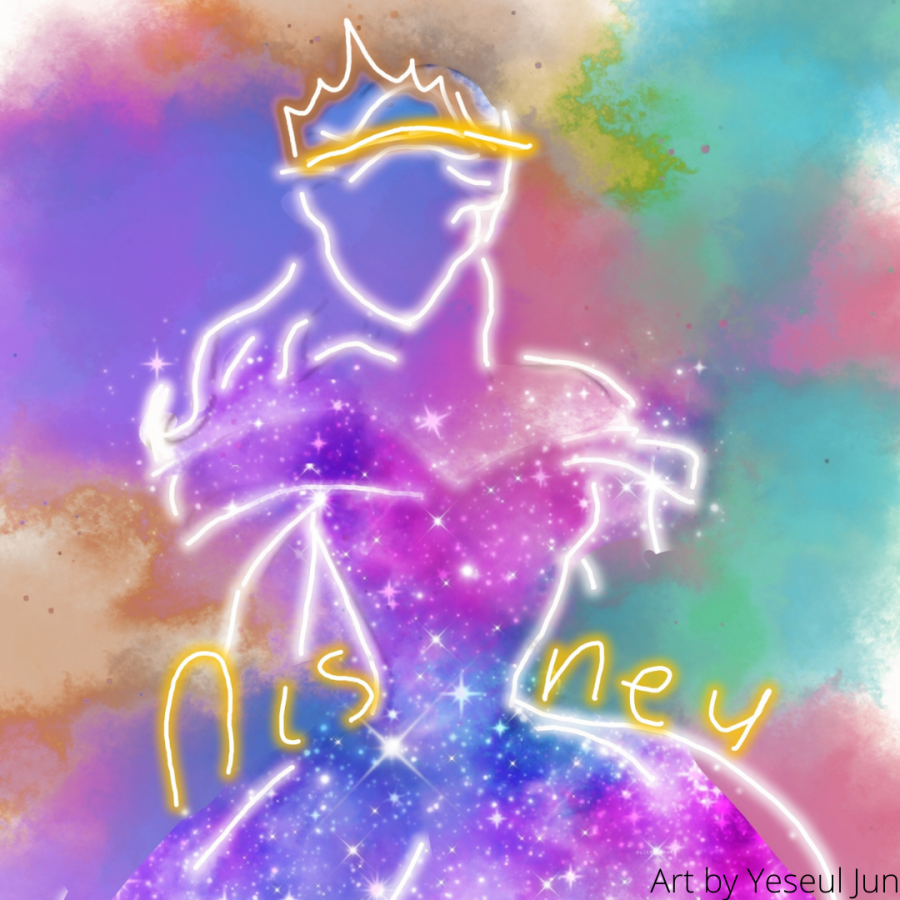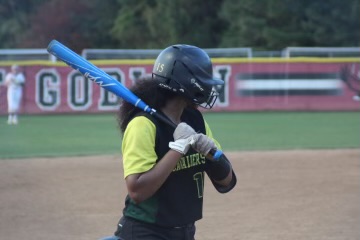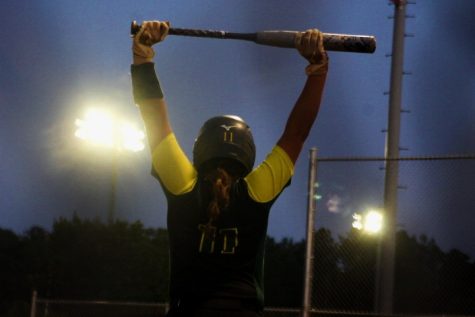Disney remakes fail to capture magic of originals
Founded in 1928, Walt Disney Animation Studios has been creating a world full of imagination and family fun. After beginning with simple, hand-drawn animations such as Mickey Mouse and his friendly dog Pluto, Disney Studios created their first Disney Princess in 1937 with the classic movie, Snow White and the Seven Dwarfs. Numerous films have been added to this genre over the last 90 years, and while most of these classics remain solely as animations, Kenneth Branagh’s 2015 remake of Cinderella ushered in a string of live-action remakes of classic Disney films such as Aladdin, The Lion King and most recently, Mulan.
These live-action remakes, while conceptually remaining true to the original story, prove to be just different enough from the originals to lose or alter the audience’s’ sense of magic and imagination.
Traditionally, Disney films teach lessons to the audience by showing the protagonist overcoming an obstacle; such as death or separation from a loved one. This is one of the main changes seen in the live-action remakes. According to younghollywood.com, the major differences in the original and 2015’s Cinderella revolve around pivotal plot points, such as the death of the main character’s parents, the appearance of her step-sisters and the eventual meeting of Prince Charming. These changes, while small on the surface, alter the way the audience interacts with the characters and the essence of the film.
Another example of an animated classic turned into a big-budget Hollywood film is Niki Caro’s 2020 adaptation of Mulan. Released originally in 1998, the remake has sparked controversy in regard to deliberate changes they made compared to the animated version. One dramatic change is the omission of the beloved Eddie Murphy character, Mushu. In the 1998 version, Mushu is a talking guardian dragon that helps Mulan on her adventure. For those who grew up with the original Mulan, Murphy was an iconic voice that helped bring the story to life. However, the new Mulan does not feature Mushu. Another key change with the remake is that Mulan does not make nearly as dramatic of a transition to her masculine look as in the animation. Generally, audiences did not favor these changes as the statistics on rotttentomatoes.com rated the animated Mulan 86% fresh and 7.54 out of 10 stars, while the live-action only 75% fresh and 6.81 out of 10 stars.
English teacher William Kaskay teaches a class on the ethics and culture within films and the film industry. In this course, students learn about different types of films throughout the year. When studying Disney movies, students have a wide range of choices since Disney Studios has been around since the 1920s.
“I prefer Disney animations to live actions, and I personally find hand-drawn or 2D animation more engaging and enjoyable than three-dimensional animation that we have seen with Disney, Dreamworks and Illumination,” Kaskay said.
Kaskay claims that the lesson the original movie tried to teach can be lost in the live remakes.
“Based on the remakes I have seen, I find that Disney animation better communicates the morals of the story because the live-action films often act as reboots or remakes of the original films. They add scenes, characters, musical numbers, or plot elements that distract from the simpler messaging of the original films,” Kaskay said.
While live-action movies provide a more life-like representation of reality, Disney’s animated films contain a level of magic that live-action simply cannot achieve.

Entering her second year writing for the chronicle, Sheridan looks forward to working on the paper as the new Entertainment editor. She is currently a...







